We are offering a new section of our “US Land Records” class during April and May […]
Not much to say other than what’s new about the 1850 and 1860 census at Ancestry.com? […]
rant alert: If this post about FindAGrave offends you, please unfollow, unlike, as appropriate. Do not […]
I’m even precisely certain when the picture of my grandmother Ida Neill and my oldest daughter […]
I read a blog post about citing research process and sources supposedly geared towards a beginner […]
In the old days of genealogy, we were told to fill out “research logs” where we […]
It can be easy to lament the lack of family history items such as photographs, bibles, […]
Typically administrators are appointed because there was no valid will left by the deceased. Yet there […]
Discovering Katharine Wickiser’s maiden name was Blain was a great find for me. Once you’ve been […]
In informal conversations with other genealogists and with my experiences in helping other researchers, there are […]
I’ve never been a huge fan of migration trails. Of course, how our ancestors got from […]
My father passed away on 7 March 2020 near his home in rural Carthage, Illinois. This […]
<attempted humor alert> I have a relative who was a Grass widow. Yes, a Grass widow […]
P. A. Troutfetter was dead by 1927. That is true. Whether that technically makes Violet B. […]
Googlebooks contains a scan of an 1873 Congressional Act “Revising and embodying all the Laws authorizing Post-Roads, in force […]
A scar “by inoculation” on this 1809 Seaman’s Proof of Citizenship likely refers to an inoculation […]
This 1807 seaman’s proof of citizenship from Philadelphia provides an interesting physical description: a number of tattoos. […]
On 1 January 1900, I had the following ancestors alive: Great-grandparents: Charles Neill Fannie Rampley George […]
Immigrants occasionally return to their homeland for a visit. Unfortunately for my research, ancestral visits home […]
I gave an interview on a local radio station about genealogy and the Genealogy Tip of […]
There’s a school of thought that some genealogists take themselves entirely too seriously and are so […]
The chart summarizes information on a Charles Butler–that I think potentially are the same person. There […]
A researcher is never finished encountering incorrect transcriptions for a last name. But this one exceeded […]
I struggle with terms and definitions. In this blog post, I muse on “statements.” This is […]
I was quoted several years ago in an article on the FamilySearch blog, “3 Ways to Unravel […]
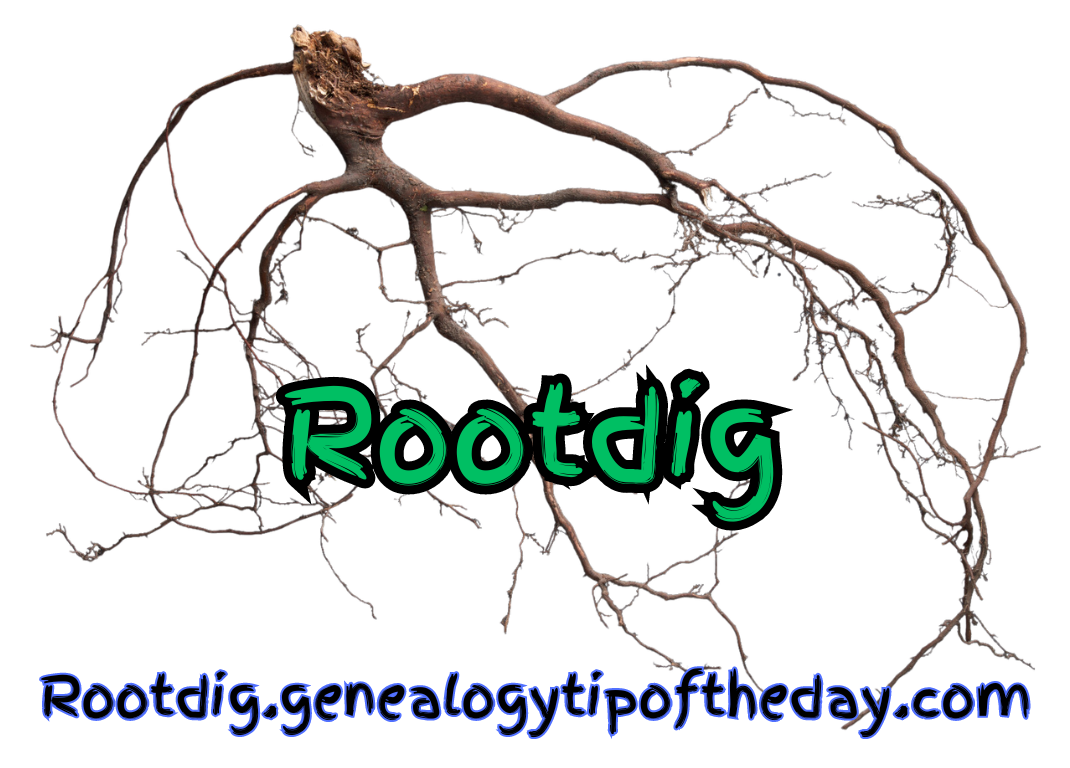

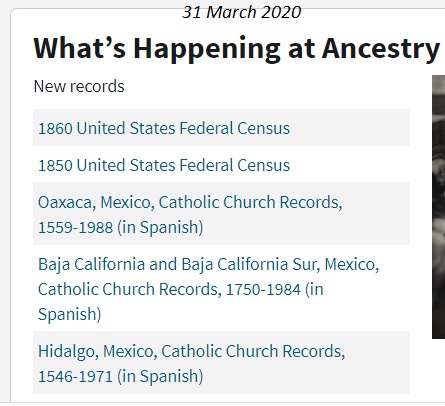
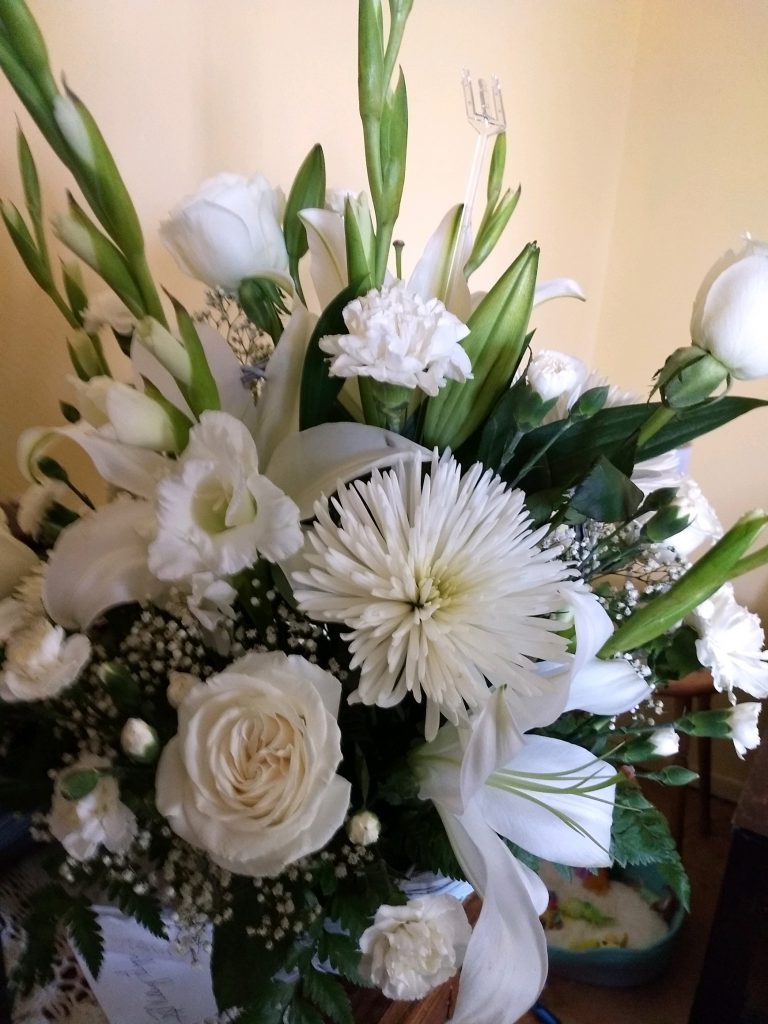
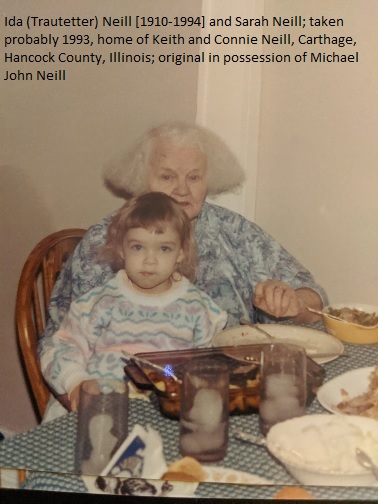
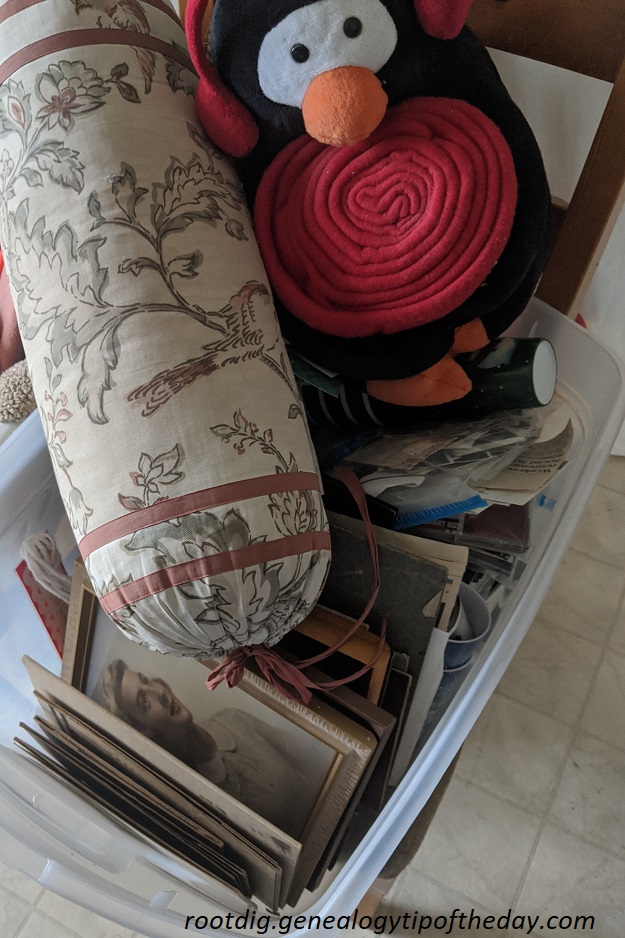

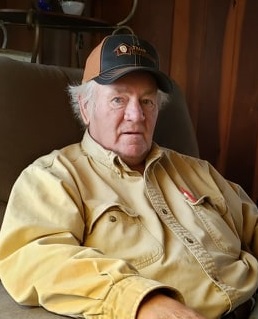
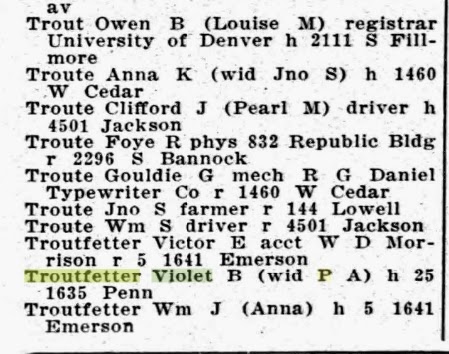
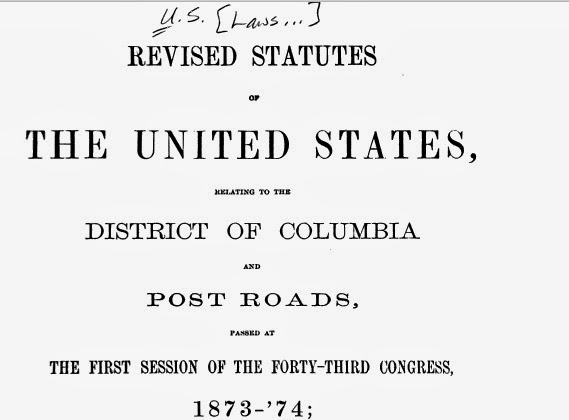
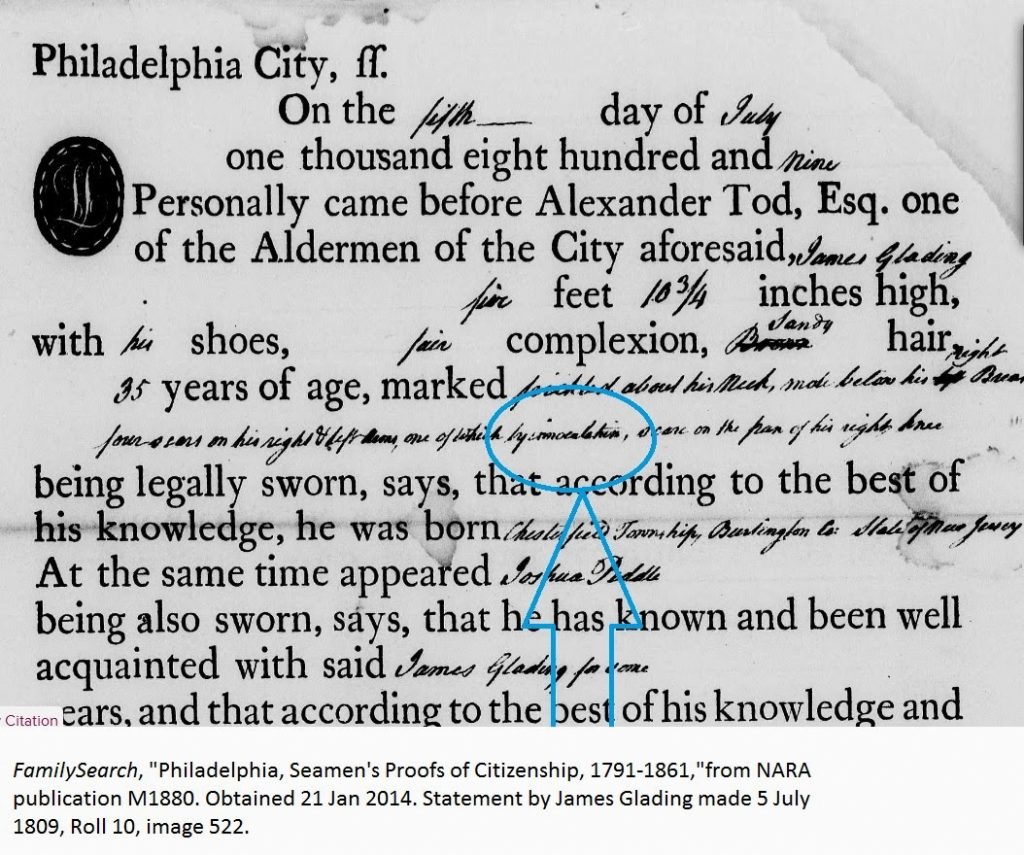
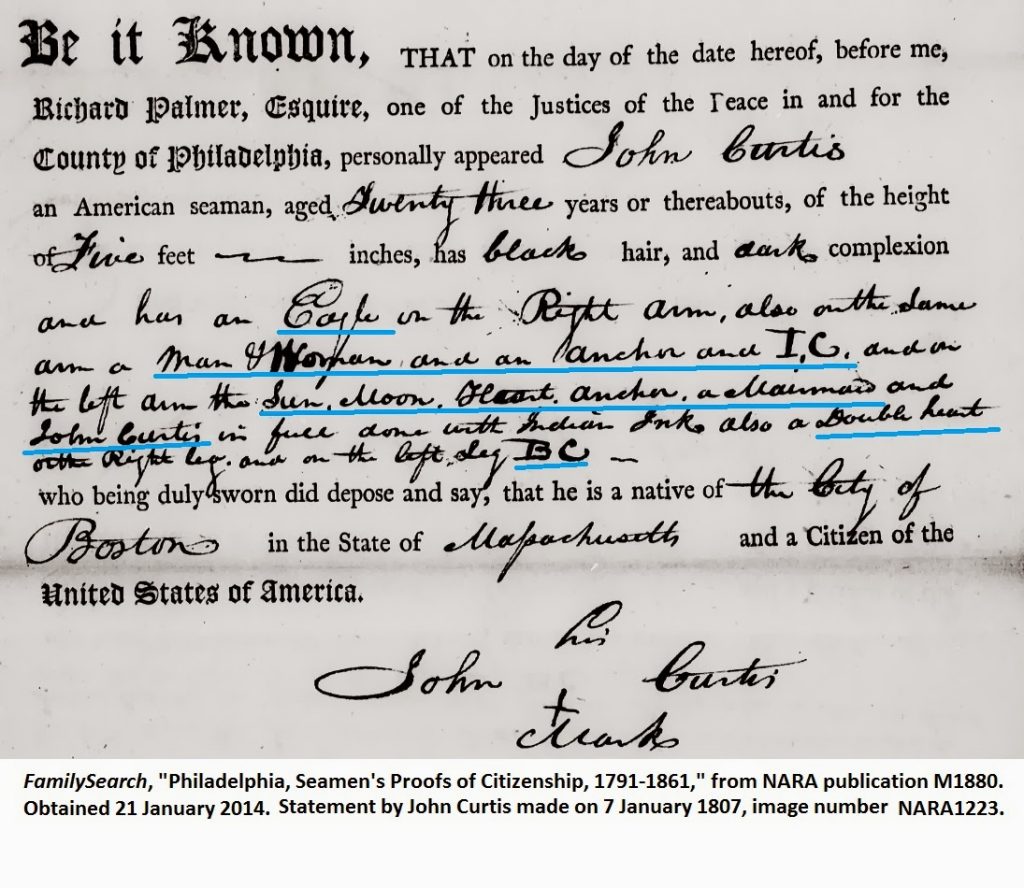


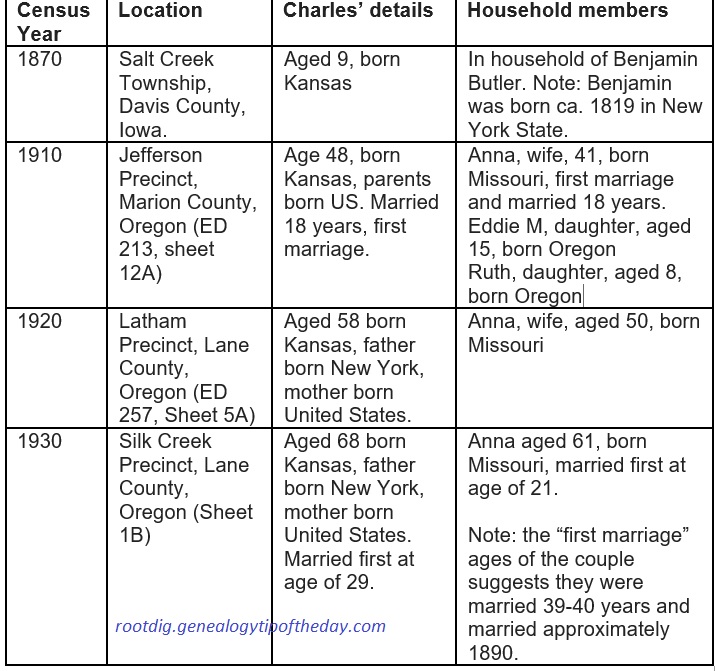
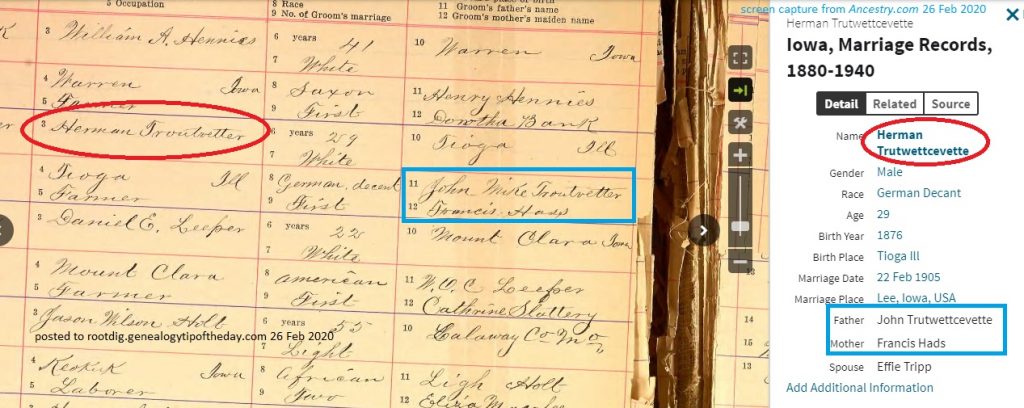

Recent Comments